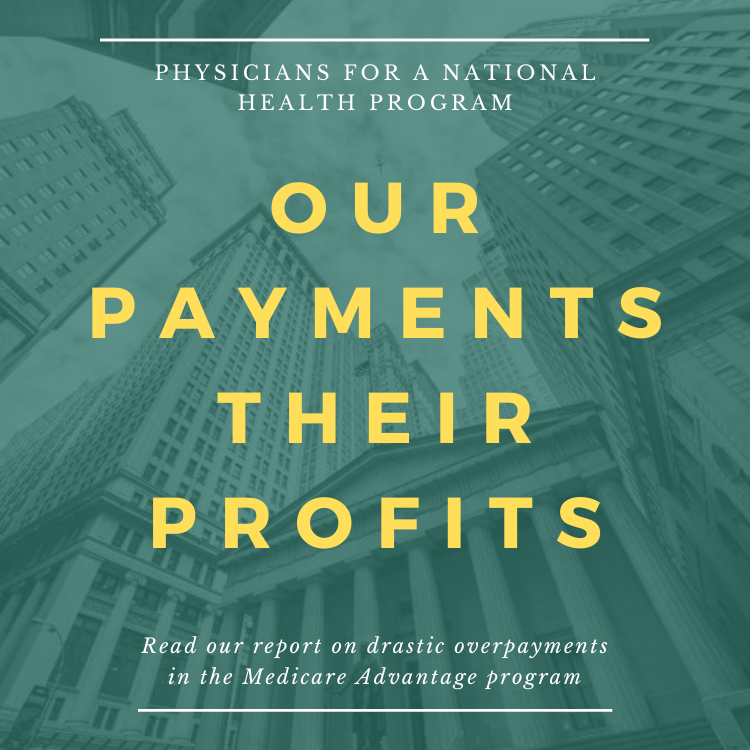Co-author: Tom Buchmueller
Presenter: Alice Zawacki, Ph.D., Senior Economist, Center for Economic Studies, Bureau of the Census
AcademyHealth, 2013 Annual Research Meeting, June 23-25, 2013
Research Objective:
The Great Recession of 2007-2009, which took a major toll on the U.S. economy, was especially hard on state and local governments. The fiscal crises have led to increased scrutiny of public sector compensation practices and renewed debate about how the compensation of public sector employees compares to that of private sector workers. Employer-sponsored health insurance represents a substantial share of non-wage compensation and rising health care costs are a pressing concern for both public and private employers. According to data from the Medical Expenditure Panel Survey-Insurance Component (MEPS-IC), average health insurance premiums in the late 1990s until 2000 were similar for public and private employers. In subsequent years, public sector premiums grew more than private sector premiums. In 2000, premiums for large public sector plans were $705 or 22% higher than premiums for large private sector plans. By 2009, this difference grew to $1580 or 35%. This paper examines changes in employee demographics, plan type and plan benefit design with the goal of explaining why premiums in the private and public sectors have diverged over the past decade.
Study Design:
To study the premium differences between sectors, we conduct regression analyses on plan-level data from the 1996-2009 MEPS-IC augmented with additional worker demographic characteristics we impute from the 2000 Decennial Census and the 2009 American Community Survey. Population Studied: Health insurance plans offered by state and local governments and private sector employers with at least 100 employees.
Principal Findings:
Early work shows that over 40 percent of the premium difference for all plans in 2009 is attributable to demographic factors: public workers are older, more likely to be female and are more educated than workers in the private sector. Some of the gap is also explained by the fact that cost sharing increased more in the private than the public sector.
Conclusions:
These findings are consistent with the idea that private employers were more aggressive in increasing cost sharing in the health plans offered to employees. Increases in cost sharing can lead to lower utilization of services for which benefit is low relative to the cost, implying an increase in economic welfare. Alternatively, if utilization is not significantly affected, increases in deductibles, co-payments and co-insurance will merely shift costs from low risk employees who use relatively little care (but pay premiums in the form of reduced wages) to higher risk employees who use more care.
Implications for Policy, Delivery or Practice:
While the growing gap in health benefits spending in the public and private sector does not necessarily imply that public sector benefits are excessive, it is natural for policy makers to look to health insurance costs as a potential area for reform and savings. It is important that efforts in this area be guided by a clear and detailed understanding of the health benefits that are provided to public sector employees and how those benefits compare to those in the private sector.
http://www.academyhealth.org/files/ARM/2013/All%20Podium%20Presentations.pdf
Comment:
By Don McCanne, M.D.
In the past decade, health insurance premiums for state and local government employers have grown more than premiums for employers in the private sector. Although some of this is due to demographic characteristics, a significant portion has been due to an increase in the use of cost sharing in the private sector. Plans for public employers have maintained the same level of benefits, whereas the coverage in plans for private sector employers has deteriorated.
The policy implications of this should have us concerned. As explained in a message earlier this week, the trend in the private sector has been to expand the use of cost sharing, especially high-deductible plans, with a detrimental impact on employees. It is highly unlikely that private employers would support a reversal of this trend.
State and local governments have faced difficult budget decisions, so it is logical that they would look at the high costs of their employee health benefit programs as a source for reducing budget deficits. Many have already tapped into their programs for retirees. Although unions for public employees have been more effective in protecting benefits, there will be considerable pressure to follow the lead of the private sector and expand the use of cost sharing.
There is a far better option other than simply trying to adjust the differences in plans for public and private employees. Instead of thinking about traditional private insurance design options, especially those that emphasize catastrophic coverage, we should consider changing everyone to a prepaid health care system in which financial barriers to care are removed – a single payer system.
Not only is single payer coverage much better, it also provides the greatest value in health care. If we adopted a single payer system, both public and private employers would no longer be placed in the role of trying to control their budgets by hacking away at employees’ well earned health benefit programs.
